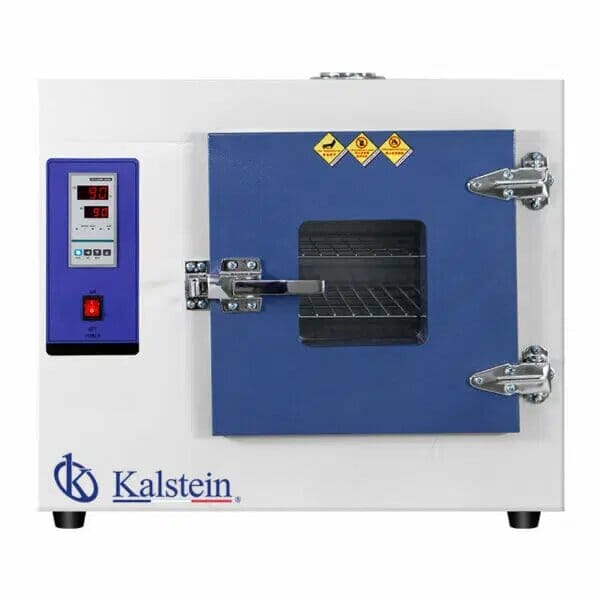In the scientific and medical field, the choice of the right equipment is essential for obtaining accurate results. Laboratory stoves are no exception. The brand to select can make a significant difference in the results of our tests, performance, and functionality. Kalstein, a company recognized worldwide for laboratory equipment, offers its stoves with notable features, but when compared to other brands, both advantages and disadvantages emerge.
Evaluating rivals, we find renowned manufacturers like Thermo Fisher Scientific and Sheldon Manufacturing, who have also proven to be industry leaders. Although these companies stand out for their quality and reliability, there are significant differences that can tip the balance in favor of one option or another.
If you want to know the high-end product catalog that we have for you at KALSTEIN visit us at https://kalstein.net/en/ in addition, we assure you that through our online shopping channels that are very easy and viable you will find the best MARKET PRICES, reminding them that we are a LABORATORY Equipment MANUFACTURER of high level for SALE. https://kalstein.net/en/product/electric-heating-drying-oven-yr06005/
Advantages of Kalstein Stoves
Kalstein stoves are known for their versatility of use. They are ideal for a variety of applications, such as sterilization, glass drying, sample heating, and other lab techniques. This high degree of versatility positions them advantageously over other manufacturers who cannot offer such a range of applicability.
Additionally, their efficient and robust design promises greater durability, a crucial factor to consider in intense lab environments. With a high-quality thermal insulation system, Kalstein stoves ensure considerable energy savings compared to similar models from other brands. This economic advantage can be decisive when making a purchase decision.
Disadvantages of Kalstein Stoves
However, Kalstein stoves also have drawbacks. One of these is their high initial cost. Despite the long-term investment that their energy efficiency represents, many institutions and individual labs may find it difficult to cover the initial outlay.
In addition, their assistance center is located in a few countries, which can make access to their technical support services difficult. This contrasts with brands like Thermo Fisher Scientific or Sheldon Manufacturing that have a much wider assistance network, allowing faster and more efficient access to support when needed.
Conclusion
When it comes to choosing a laboratory stove, there is no universally better option over others. While Kalstein stoves stand out in terms of versatility and energy efficiency, their high initial cost and limited customer service coverage can be decisive negative factors for some users.
Some manufacturers may offer greater accessibility and more competitive prices, albeit possibly at the expense of lower energy performance and durability. Therefore, the final choice will largely depend on the lab’s special needs and budget.
In conclusion, it is crucial to conduct a detailed evaluation of the advantages and disadvantages of each option before making a decision. This understanding will allow labs to select the most suitable stoves for their operations, ensuring greater productivity and quality results.


